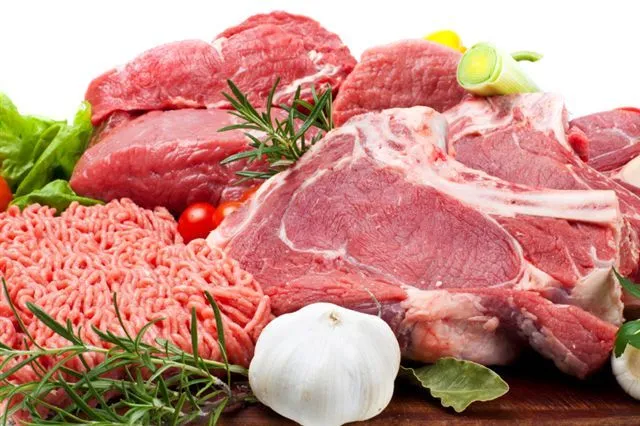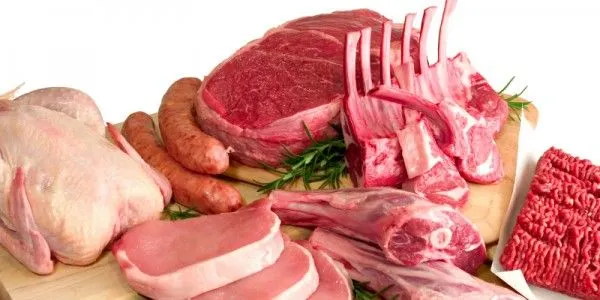
en este post les dare una idea de la carne ideal
Elegir la carne es la primera etapa imprescindible para obtener un triunfo en cuenta. Lo primero es el lugar en el que se compra.
Todavía existen carnicerías donde los clientes son tratados como en un hotel. Allí el problema no estará en calidad de la carne, sino seguramente en su precio. Para los que se animen a una experiencia mas emocionante, la buena carne se puede encontrar en cualquier carnicería de barrio, si uno evalúa primero el tamaño de la media res que cuelga tras el mostrador. Es simple: cuando mas pequeño es el animal, mas tierna sera la carne.
Los condenados a la góndola de un supermercado, deben evaluar otros aspectos no menos fundamentales.
Primero: el color de la carne y de la grasa. Dependiendo del animal, el colo de la carne puede variar de un rojo mas rosado (en el caso de la ternera), a un rojo intenso (en el caso del novillo). Si ese rojo es aun mas oscuro, tirando a un bordo amarronado, mejor inclínese por otras opciones. En cuanto a la grasa, cuando mas blanco, mejor. Si la grasa es de color amarillo, lo mas probable es que la carne resulte dura.
Ahora, y si ademas de estar condenados al supermercado, solo accedemos a las pequeñas bandejitas plásticas, a todas estas recomendaciones se agrega la de nunca comprar un corte con un envoltorio desprolijo y sangre alrededor.
Una bandeja de en esas condiciones puede esconder un pasado turbio.

English
in this post I will give you an idea of the ideal meat
Choosing meat is the first essential step to obtain a win in mind. The first is the place where you buy.
There are still butcher shops where customers are treated like in a hotel. There the problem will not be in meat quality, but surely in its price. For those who dare to a more exciting experience, good meat can be found in any neighborhood butcher's shop, if one evaluates first the size of the half-board that hangs behind the counter. It's simple: the smaller the animal, the more tender the meat will be.
The condemned to the gondola of a supermarket, must evaluate other aspects no less fundamental.
First: the color of meat and fat. Depending on the animal, the color of the meat can vary from a pinker red (in the case of veal), to an intense red (in the case of the steer). If that red is even darker, pulling on a brownish board, better lean for other options. As for fat, when more white, the better. If the fat is yellow, the meat is more likely to be hard.
Now, and if in addition to being condemned to the supermarket, we only access the small plastic trays, to all these recommendations is added the never buy a cut with a messy wrapper and blood around.
A tray of such conditions can hide a murky past.